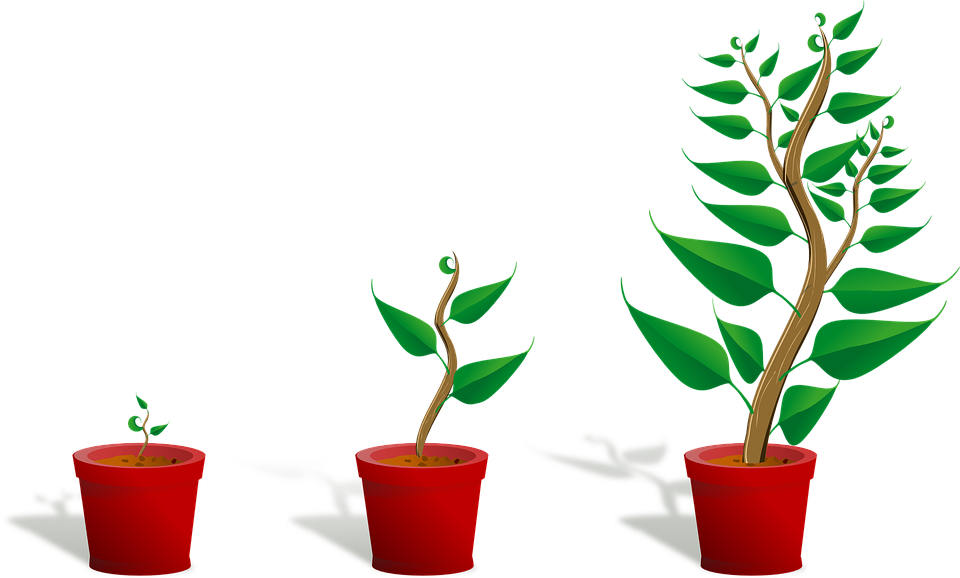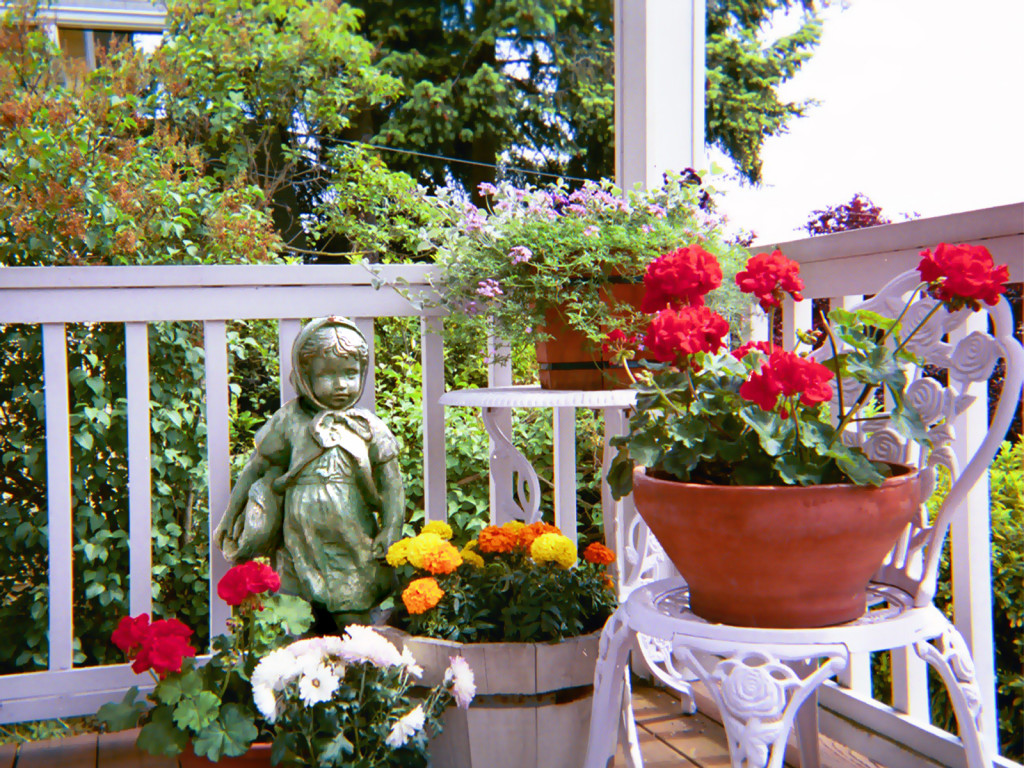The Tragedy of (the other) Prometheus
In August of 1964, a graduate student hiked off the trails on Wheeler Peak in eastern Nevada to conduct research and killed one of the old organisms ever discovered.
Let’s back up.
Donald Currey was a graduate student of the University of North Carolina Chapel Hill,studying the climatology of the Little Ice Age. He wanted to study rings of very old trees using dendrochronology. Dendrochronology can help scientists determine the calendar year a tree formed, determine important information about the ecologies it’s lived through, and most importantly to Currey, the climates.
Around this time, the leading minds of Forestry were excitedly dating very old trees in the United States, spurred on by the discovery of bristlecone pines in the White Mountains in California that were over 4000 years old. Currey had heard that there were bristlecones in White Pine county and on Wheeler Peak specifically and wanted to see if he could further his research by taking some samples.
He hiked out to the grove, and found a large specimen to take sample of. Currey attempted several samples with his long borer tool. After a few attempts, his tool broke leaving him without a means to achieve his intended sample. Here is where the details start to get blurry. Some accounts say that Currey was working with some Forest Service personnel and some say he was working alone. In any case, the decision was made to simply cut down the tree to get a full cross-section of the tree. The tree, which Currey had identified as WPN-114, was later dated at over 4800 years old. That makes WPN-114 the oldest living organism ever discovered — that is, until Donald Currey found it. The dead tree was nicknamed Prometheus and the incident ruined his career as a Geomorphologist.
However, let’s not jump to villainize Currey. Imagine being a young graduate student, your advisor is telling you to get a sample and sends you off with little guidance. You find a tree that looks like all the other trees in a grove and fail to get the sample you’ve been tasked to collect. The Forest Service guy you’re working with suggests that you just cut it down — after all, there are lots of similar trees in the same grove. The next thing you know, you’ve destroyed a global wonder. You’re demonized by the community you are trying to be a part of and your reputation is destroyed.
Currey changed academic fields and ended up a successful Geographer, earning Professor Emeritus status at the University of Utah. He passed away in 2004.
In 2012, researchers identified a tree in California aged over 5000 years. So let’s give Don a break.

